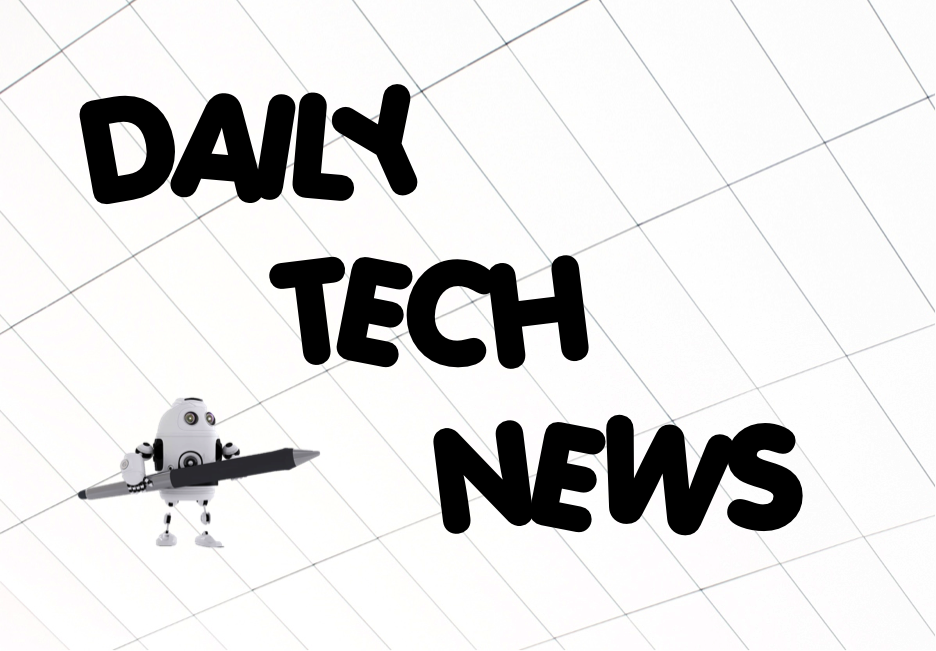2018 Trends to watch in Tech 🚀

Hello Steemians, here are some trends to watch in tech for 2018:
- IoT will become BIoT
- Blockchain & cryptos will disrupt the payments chain
- Quantum computing and a surge in computing power
- Augmented Reality will turn to Mixed Reality and go mainstream
- AI will bring intelligence to things
IoT will become BIoT
Blockchain, one of the underlying technologies for the hot cryptocurrency bitcoin, can make IoT devices even more useful. It creates a digital record across hundreds or thousands of computers, vastly reducing the risk of hacking. Combining IoT with blockchain —or BIoT—ushers in a whole host of new services and businesses. For example, BIoT can be used to track shipments of pharmaceuticals and to create smart cities in which connected heating systems better controls energy use and connected traffic lights better manage rush hour.
Blockchain & cryptos will disrupt the payments chain
While bitcoin and blockchain were grabbing the headlines in 2017, social and mobile payments have fundamentally changed the financial markets. In China, mobile payment volumes now exceed $5 trillion annually. All aspects of the payments chain are open to disruption as blockchain speeds clearing house functions while smart contracts handle settlements.
Analysts now anticipate that banks will derive over $1 billion annually from blockchain-based cryptocurrencies within the next two years as traditional financial institutions start treating cryptocurrencies and other digital assets similar to traditional fiat currencies with more efficient payment systems, loan processing, and credit instruments. Going green by using less energy to create bitcoins, will translate into earning more green.
Quantum computing and a surge in computing power
The emergence of quantum computing will enable significant transformation of computing power. The massive scale of compute power will enable problem solving such as unsupervised machine learning at a scale, which is unthinkable with our current computers. IBM recently announced a 50 qubit prototype quantum computer chip, we should see a 100-200+ qubit system in 2018.
Augmented Reality will turn to Mixed Reality and go mainstream
Virtual reality hasn’t really taken off in 2017 the way some had hoped. It’s far from dead, and Oculus is hoping to turn more people on to VR with a standalone headset that costs $200 next year. Still, its isolation, lack of eye-tracking, and tendency to induce nausea, are big hurdles to clear. Mixed reality is so much more interesting in that it wants to incorporate virtual objects and experiences with the real world, solving a lot of VR’s problems and offering different possibilities. 2017 brought us further progress in the field.
AI will bring intelligence to things
As intelligent things proliferate, expect a shift from stand-alone intelligent things to a swarm of collaborative intelligent things. In this model, multiple devices will work together, either independently or with human input. The leading edge of this area is being used by the military, which is studying the use of drone swarms to attack or defend military targets. It’s evident in the consumer world in the opening example showcased at CES, the consumer electronics event.
2018 will be the year of the bots
Conversational platforms will drive a paradigm shift in which the burden of translating intent shifts from user to computer. These systems are capable of simple answers (How’s the weather?) or more complicated interactions (book a reservation at the Italian restaurant on Parker Ave.)
These platforms will continue to evolve to even more complex actions, such as collecting oral testimony from crime witnesses and acting on that information by creating a sketch of the suspect’s face based on the testimony. The challenge that conversational platforms face is that users must communicate in a very structured way, and this is often a frustrating experience. A primary differentiator among conversational platforms will be the robustness of their conversational models and the API and event models used to access, invoke and orchestrate third-party services to deliver complex outcomes.
Sources & read more:
https://gizmodo.com/new-technology-were-actually-excited-about-for-2018-1821514332
http://fortune.com/2017/12/26/4-technology-trends-2018/
https://www.gartner.com/smarterwithgartner/gartner-top-10-strategic-technology-trends-for-2018/
Nice Post Pytoshi, 2018 will indeed be very interesting for Tech.
You first image did not upload ;)
Thank you Mr Lemon, every padawan needs a jedi, even on Steemit ;)